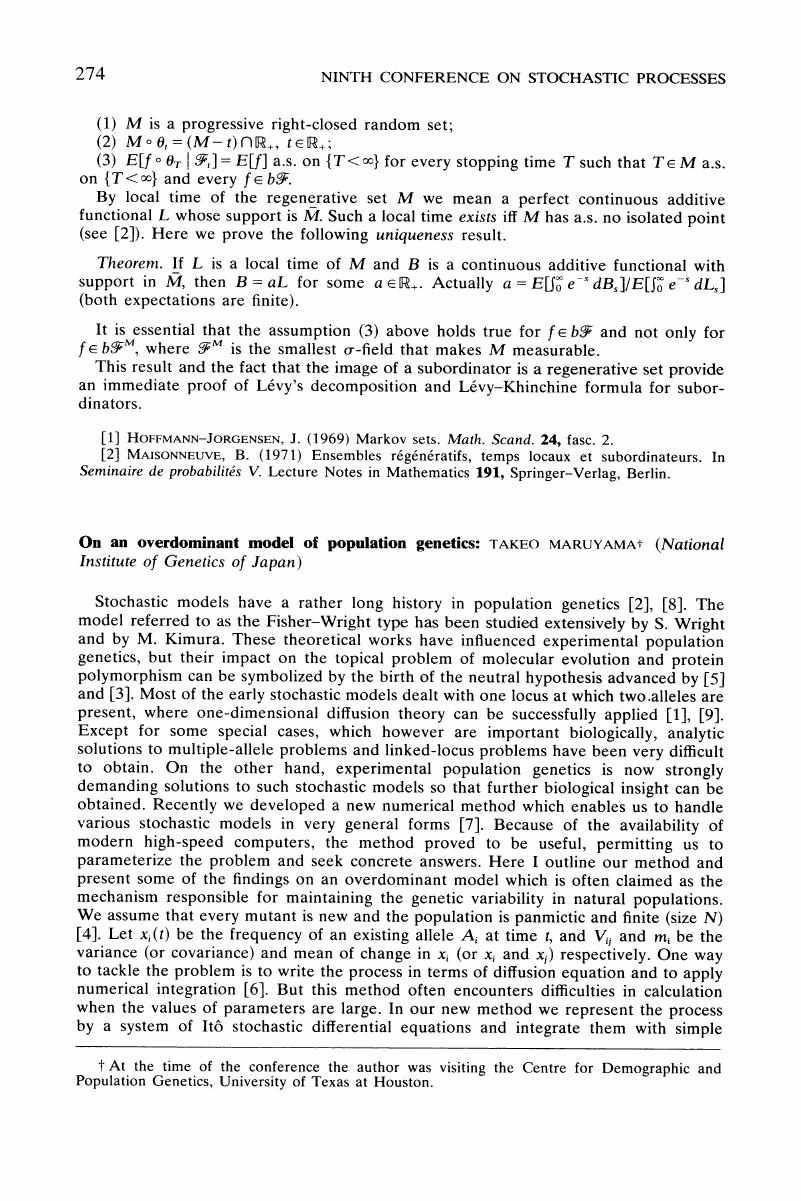Crossref Citations
This article has been cited by the following publications. This list is generated based on data provided by Crossref.
Maruyama, Takeo
1983.
Stochastic theory of population genetics.
Bulletin of Mathematical Biology,
Vol. 45,
Issue. 4,
p.
521.
Wu, Chung‐I
1985.
A STOCHASTIC SIMULATION STUDY ON SPECIATION BY SEXUAL SELECTION.
Evolution,
Vol. 39,
Issue. 1,
p.
66.





